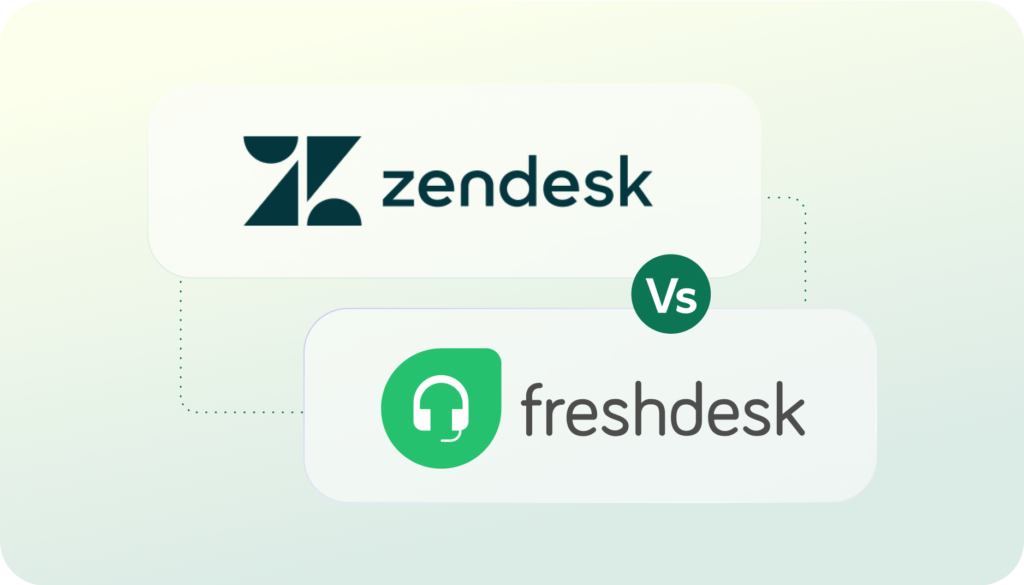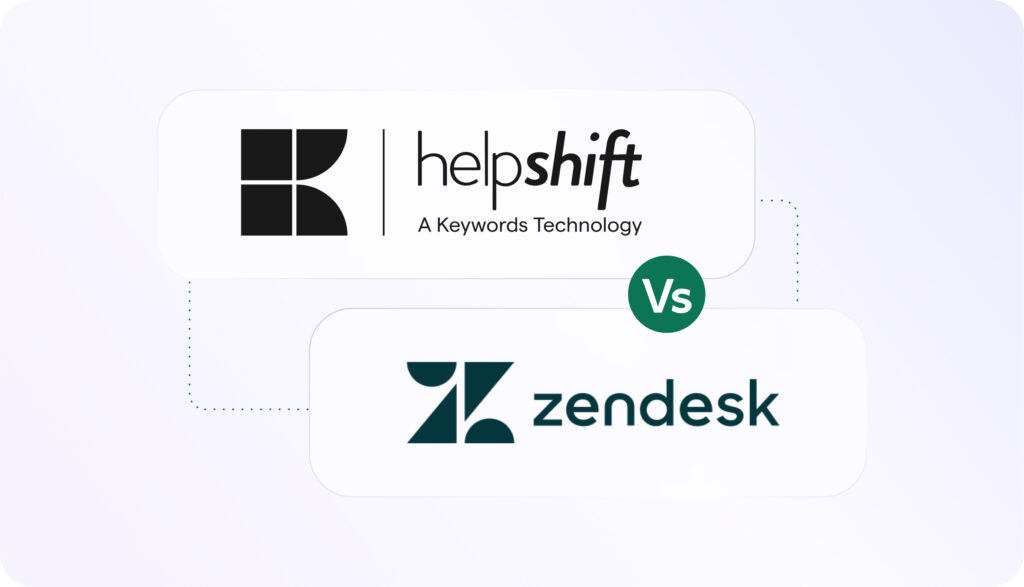In the realm of technology in general, downtime typically refers to a system downtime, which means that a system, technology, service, or app is not working or is offline. Some downtime is planned. But the cost of unplanned IT downtime can be tremendous for companies. As a very general idea, Gartner estimates that IT downtime can cost a business $5,600 per minute, or over $300K per hour.
Of course, the cost of downtime to your business depends entirely on the nature and size of the business, but bottom line, downtime is expensive and detrimental to your reputation and your relationship with customers.
Why Does Downtime Matter to Customer Service?
Sometimes, downtime is unavoidable. System upgrades, for instance, can take software offline for a short period of time, usually planned for the lowest period of activity in the typical rhythm of the user base (for instance, in the middle of the night). It’s up to the brand to share news of pending planned downtime in a way that will reach the highest number of customers and cause the least amount of discord.
Unplanned downtime in general is terrible for customer morale. If a customer has invested in your product or service, they expect it to work — all the time. For customer service technology in particular, unplanned downtime is simply unacceptable.
If your customer service software experiences unplanned downtime, it’s important to have a communication plan already in place, including an alternate way to communicate with customers — information front and center on your website, extra attention on your social media accounts, instant response to messages that come in through channels other than the one that’s down.

How Can you Plan for Anticipated System Downtime?
If you know that you or your software partner will be performing an upgrade or system maintenance that will require a brief period of planned system downtime, it’s important to communicate the timing to customers up front. Don’t count on them to scroll to the bottom of long emails. Send clear, succinct messages and duplicate the message across multiple communication channels so it is not missed.
And be ready to handle any backlash that occurs as a result of customers who missed the memo. A plan to offer them a token of compensation — whether that be financial, credit, or otherwise — can go a long way toward ensuring goodwill.
How Helpshift Supports Downtime
You can view our service status here at any time to see notifications about any current issues our services may be facing.
Additional Information About Downtime
- Article: How do I check Helpshift’s Service Status?
- Article: Check Helpshift’s downtime status



